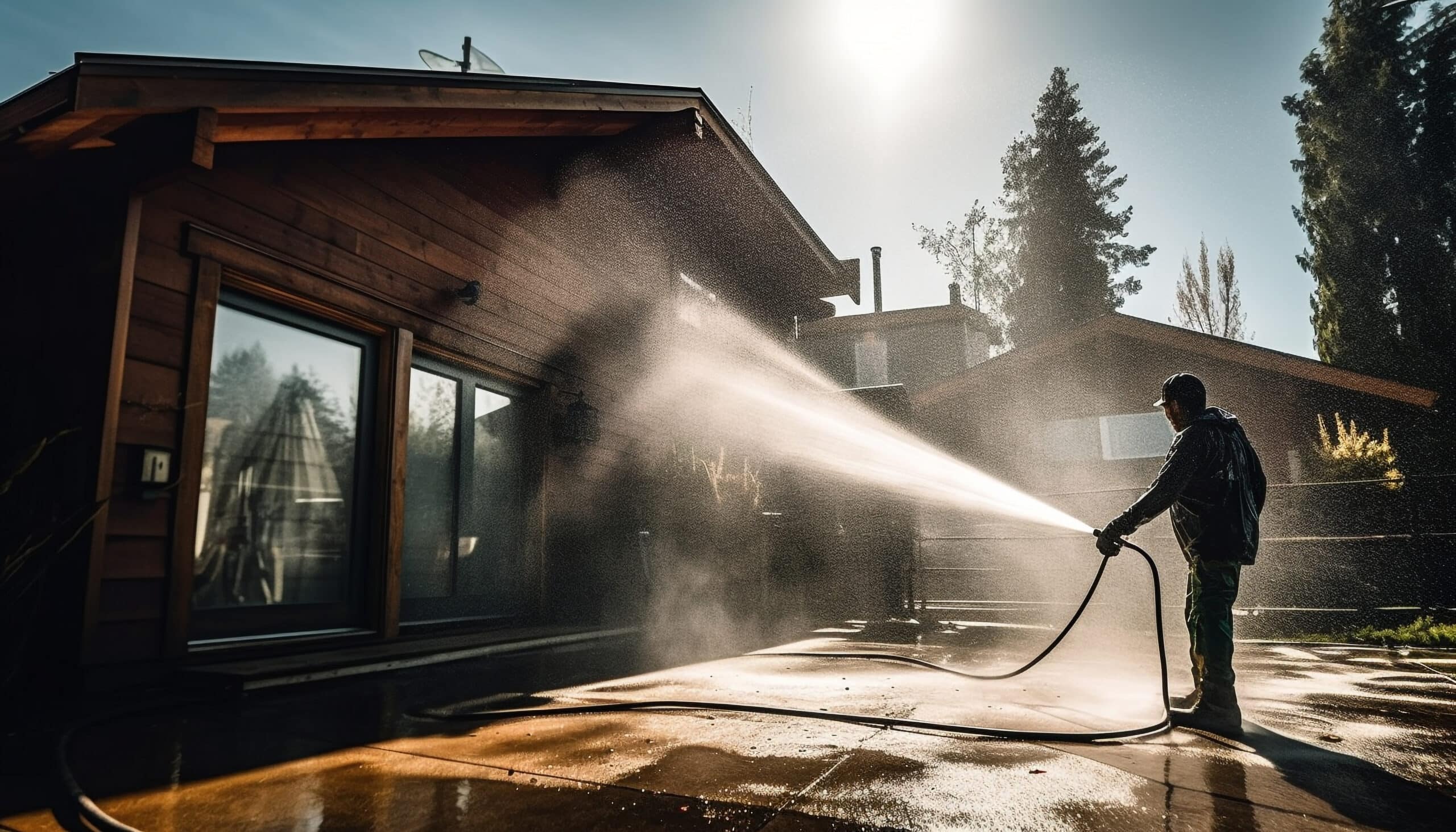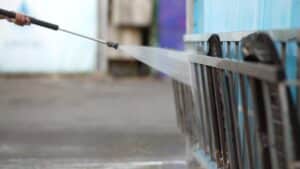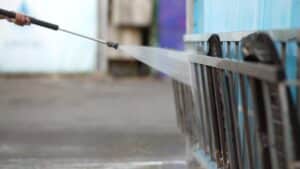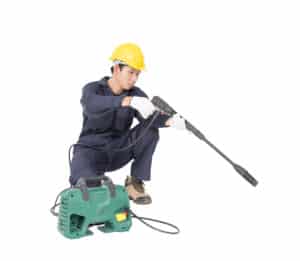Can I Adjust the Pressure on an Electric Pressure Washer?
Key Takeaways
- Electric pressure washers can be adjusted to achieve the desired pressure level using methods such as twisting the wand nozzle.
- Some electric pressure washers have an adjustment valve that allows for more control over the pressure output.
- If the pressure cannot be adjusted through the wand nozzle or an adjustment valve, the spray nozzle tip can be replaced to adjust the pressure.
Electric pressure washers are a popular choice for cleaning various surfaces, from driveways and decks to cars and outdoor furniture. One common question that many users have is whether they can adjust the pressure on an electric pressure washer. The good news is that, in most cases, the answer is yes. There are several methods you can use to adjust the pressure on an electric pressure washer, depending on the specific model and its features.
Adjusting Pressure Using the Wand Nozzle
One of the easiest ways to adjust the pressure on an electric pressure washer is by twisting the wand nozzle. By twisting the nozzle in either a clockwise or counterclockwise direction, you can achieve your desired pressure level. This method is simple and convenient, as it allows you to customize the pressure according to the cleaning task at hand. However, it’s important to note that this method may not work for all types of dirt and surfaces. For more stubborn stains or heavily soiled areas, you may need to explore other options.
Adjustment Valve
Some electric pressure washers also have an adjustment valve that can be used to regulate the water flow and pressure. This valve is typically located on the unit itself and can be adjusted to increase or decrease the pressure output. If your pressure washer has this feature, consult the user manual for specific instructions on how to use the adjustment valve. This method provides more control over the pressure and is particularly useful for tackling tough stains or delicate surfaces that require lower pressure.
Replacing the Spray Nozzle Tip
If your electric pressure washer doesn’t have the option to adjust pressure through the wand nozzle or an adjustment valve, you can consider replacing the spray nozzle tip. Different spray nozzle tips have varying opening sizes, which directly affects the pressure output. By replacing the current nozzle tip with one that has a larger or smaller opening size, you can adjust the pressure accordingly. This method may require some experimentation to find the right nozzle tip for your specific cleaning needs.
Recommended Steps for Adjusting Pressure
While the specific methods for adjusting pressure may vary depending on the model of your electric pressure washer, here are some general steps that you can follow:
- Check the user manual for specific instructions and safety precautions.
- Locate the pressure adjustment knob or valve on the unit.
- Turn the knob clockwise to increase pressure or counterclockwise to decrease pressure.
- Make small adjustments and test the pressure after each adjustment.
- Aim the nozzle at a safe location and squeeze the trigger to release water and test the pressure.
It’s important to exercise caution and prioritize safety while operating a pressure washer. Always follow the safety guidelines provided in the user manual and wear appropriate protective gear, such as safety goggles and gloves, when using a pressure washer.
Conclusion
In conclusion, you can adjust the pressure on an electric pressure washer using various methods such as twisting the wand nozzle, utilizing an adjustment valve, or replacing the spray nozzle tip. These options allow you to customize the pressure according to the cleaning task and surface type. However, it’s important to note that not all electric pressure washers may have the same features, so it’s advisable to consult the user manual for specific instructions related to your model.
Related Websites:
- How to Adjust Pressure on Pressure Washer – TruePrezure
- How to Adjust Pressure on Electric Pressure Washer – Pressure Washer Universe
- How Do I Adjust the Pressure on My Pressure Washer? – Pressure Washer Wisdom
- Can You Adjust Pressure on Pressure Washer? – Direct Power Deals
- Can You Adjust PSI on Pressure Washer? – Yard Life Master
- How to Adjust Pressure on a Pressure Washer – Outdoor Tool Guide
FAQs:
Q: What are the benefits of using an electric pressure washer?
Electric pressure washers offer several benefits, including efficient cleaning power, ease of use, and environmental friendliness. They are capable of removing stubborn dirt and grime from various surfaces, such as cars, driveways, and decks, with minimal effort. Additionally, electric pressure washers are quieter, emit no harmful fumes, and require less maintenance compared to gas-powered alternatives.
Q: How do electric pressure washers work?
Electric pressure washers work by using an electric motor to power a pump. The pump pressurizes the water, which then flows through a hose and nozzle to create a high-pressure stream. This stream of water effectively dislodges dirt and grime from surfaces, making them clean and refreshed.
Q: Why is it important to adjust the pressure when using an electric pressure washer?
Adjusting the pressure is essential because different cleaning tasks require varying levels of pressure. High-pressure settings are suitable for tough stains and heavy-duty cleaning, while lower pressure settings are more appropriate for delicate surfaces or light cleaning. By adjusting the pressure, you can achieve optimal cleaning results while minimizing the risk of damage to the surface being cleaned.
Q: What are the different methods used to adjust pressure in electric pressure washers?
Electric pressure washers offer various pressure adjustment mechanisms. Some models have adjustable nozzles or spray patterns that allow you to control the pressure. Others provide interchangeable spray tips with different pressure settings. Additionally, certain models may feature pressure regulators or dials that enable precise pressure adjustment.
Q: Are there any safety considerations when adjusting the pressure in electric pressure washers?
It is important to follow the manufacturer’s guidelines when adjusting the pressure in electric pressure washers. Exceeding the recommended maximum pressure can lead to damage to the equipment or the surface being cleaned. It is also crucial to wear appropriate safety gear, such as goggles and gloves, and to avoid pointing the high-pressure stream at people or fragile objects to prevent injuries or breakages.






